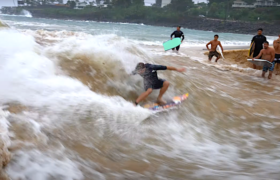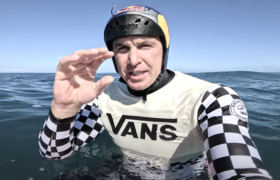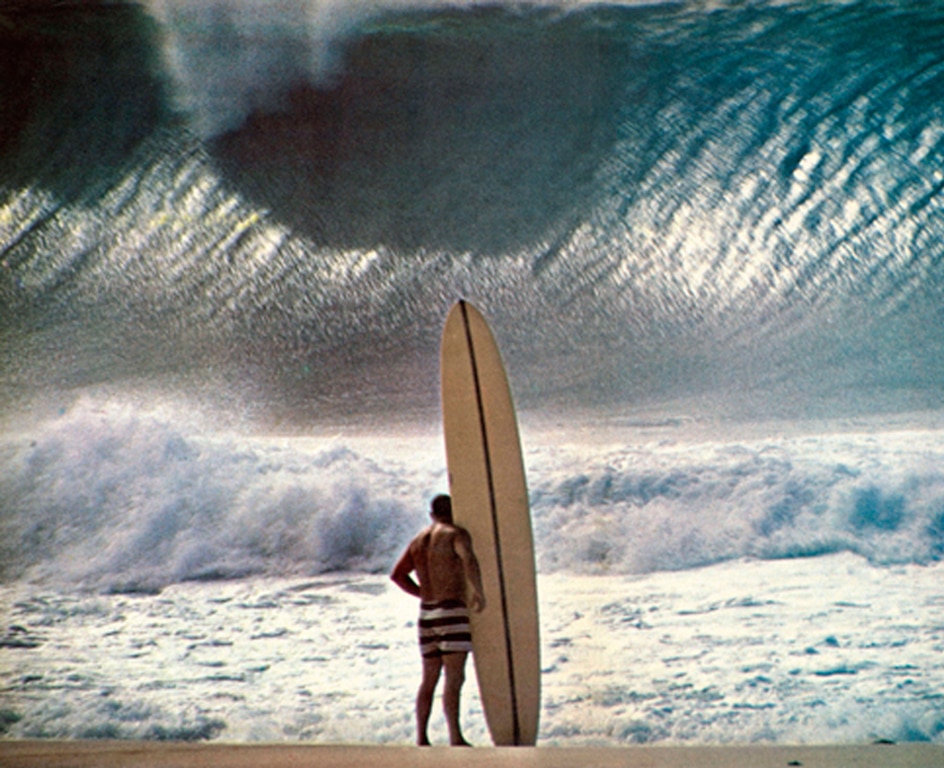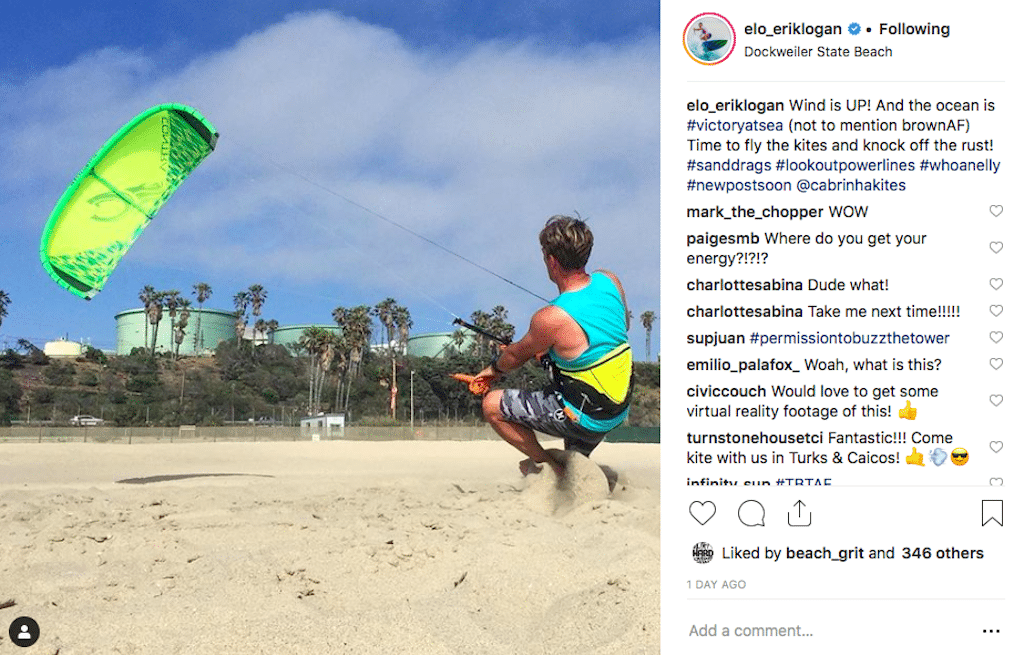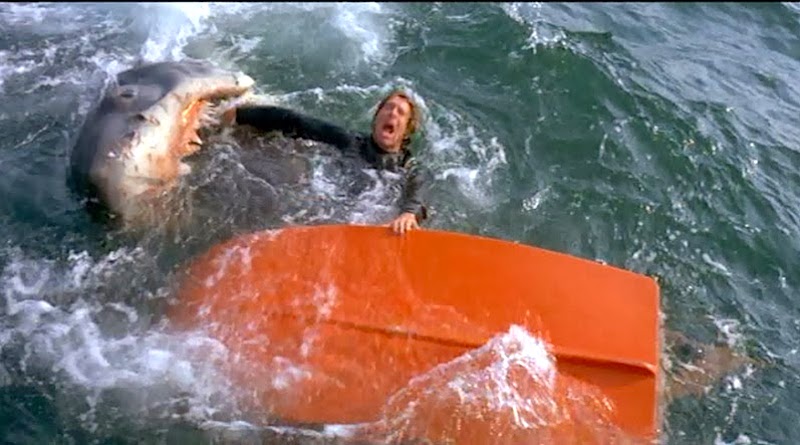Johnny get your gun!
If the last time you surfed was 1992 and you decided to dust off the ol’ potato chip this morning and paddle out at your local you might have noticed something. Namely that you were flying down the line 15% faster and your poundings were 15% more severe. Oh it would be easy to attribute these sensations to a Swiss cheese memory but there is actual scientific truth to bolster your impressions. Namely that wave strength has been increasing by half a percent for past 70 years!
Now let us turn to the august scientific journal Forbes for more.
“For the first time, we have identified a global signal of the effect of global warming in wave climate. In fact, wave power has increased globally by 0.4 percent per year since 1948, and this increase is correlated with the increasing sea-surface temperatures, both globally and by ocean regions,” said Borja G. Reguero, a researcher at the University of California, Santa Cruz and co-author of a new report published just published in Nature Communications.
The new study looked at how warmer upper oceans are influencing wind patterns, which then make ocean waves stronger, particularly in some interesting spots. The data shows that the most overall wave power by far can be found in the Southern Ocean, which is also seeing the most rapid increase in wave strength.
“The Southern Ocean (defined by the 40ºS latitudinal limit) is the most energetic basin and dominates the other oceans in terms of (wave power),” the report reads.
The study goes on to investigate how increasing sea surface temperatures, along with natural patterns like El Nino, have contributed to a trend that has seen a significant increase in wave power along the coasts of central America, South America and west Africa. During the same period, from 1985 – 2008, wave power in much of the Northern Hemisphere actually saw a slight decrease, although not enough to balance out the increase in other parts of the oceans.
Well shit. Never mind about you dusting off your potato chip and feeling the power unless you happen to be dusting it off in west Africa and… let’s be honest. Not a lot of BeachGrit‘s readership lives in west Africa.
As you were, I suppose.
But real quick before you go, should we all be climate change deniers just for fun? It seems like we could have a lot of fun and get into Forbes ourselves.
“Popular surf tabloid denies climate change is real!”
I like the look of that headline.

